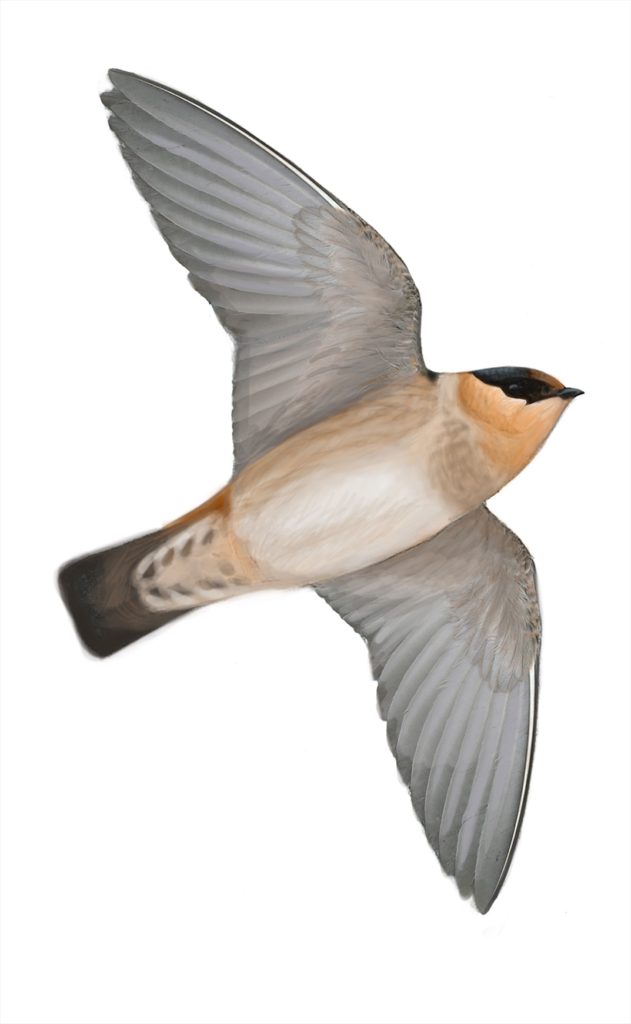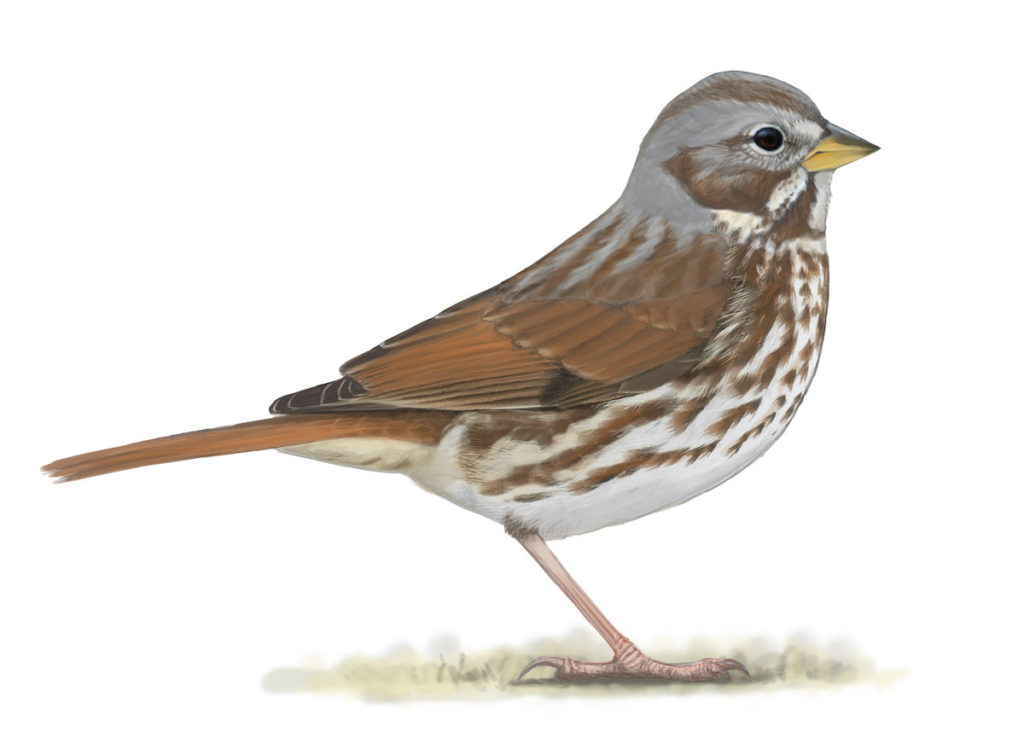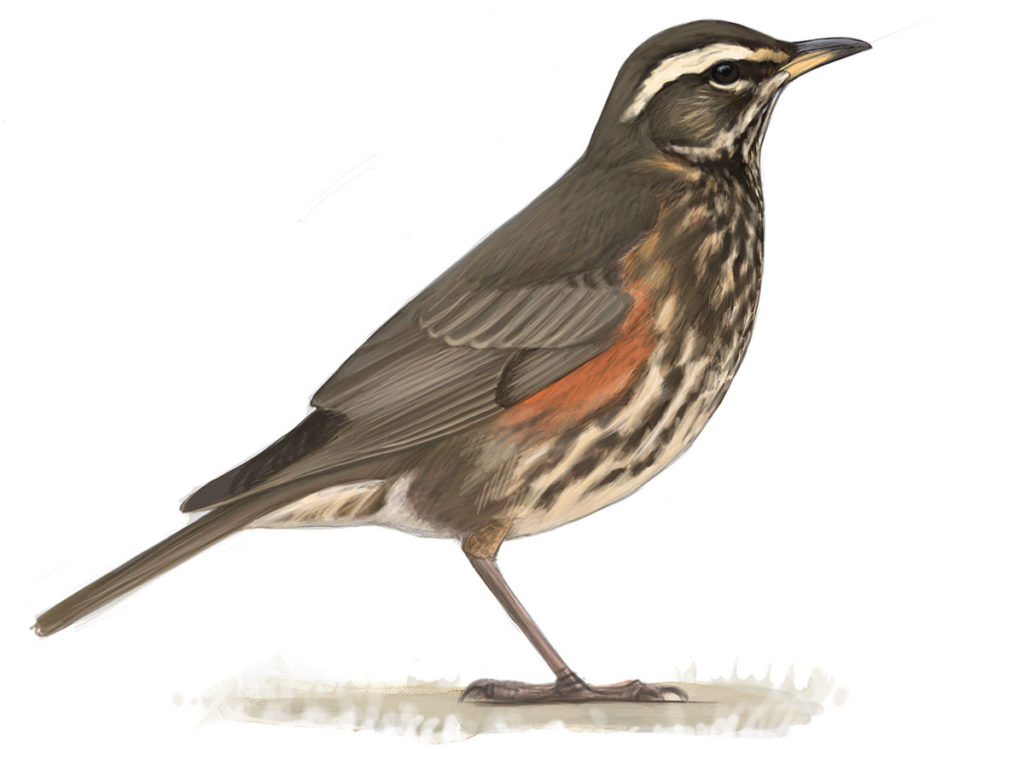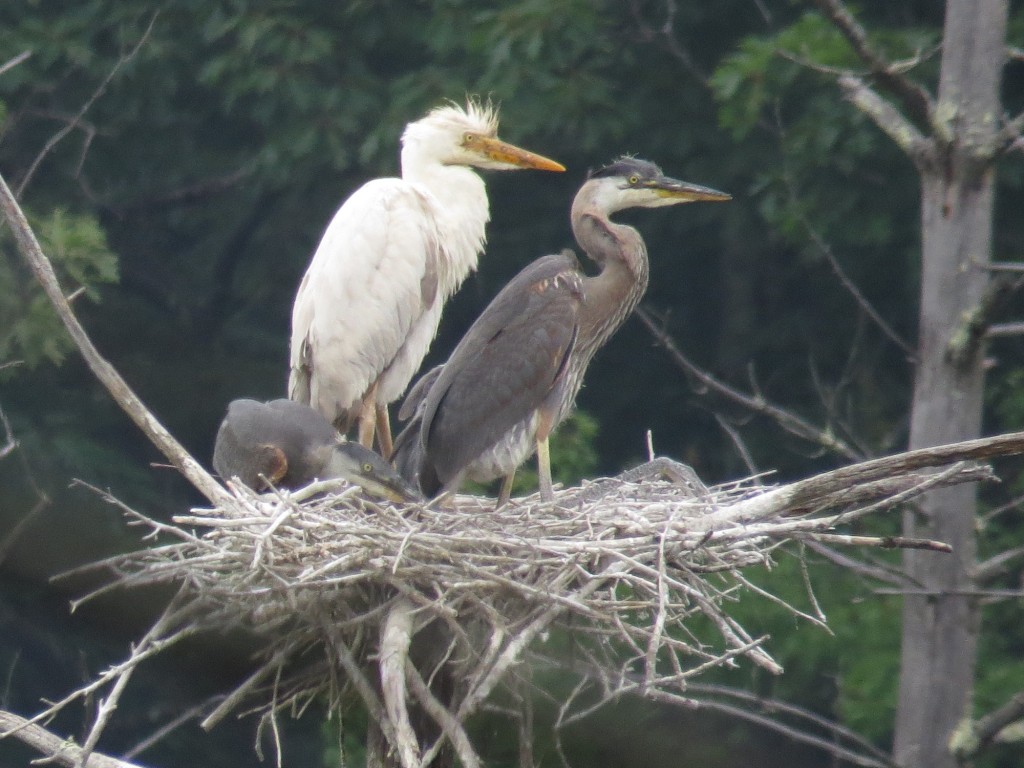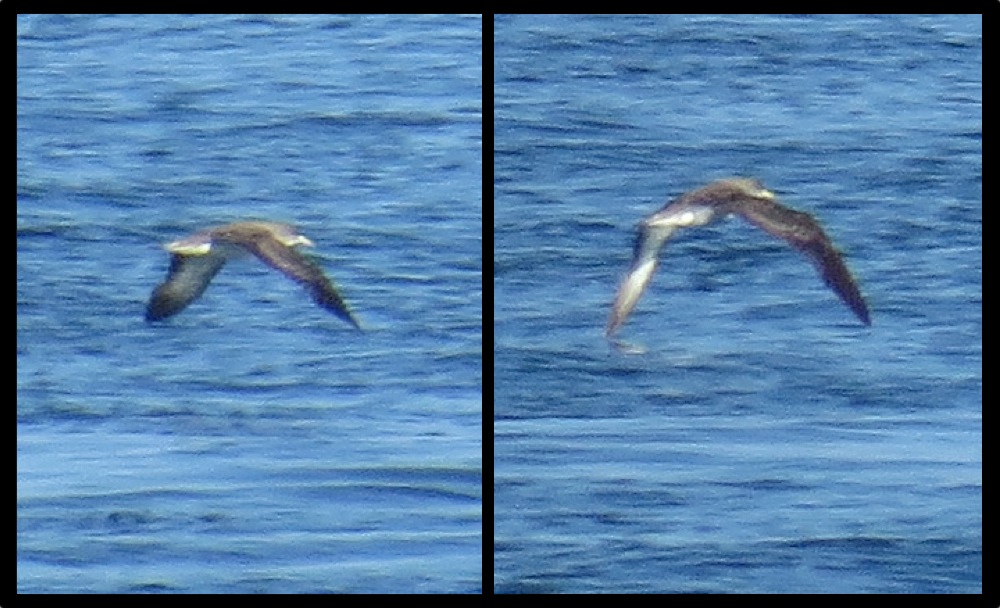Two species of Cattle Egrets?
The 2023 Clements/eBird taxonomy update has just been announced, and the biggest surprise is that Cattle Egret will now be considered two species! Few people are familiar with variation in Cattle Egret, and while the split won’t have much impact on North American birders I thought it would be helpful to describe the differences. At […]
Two species of Cattle Egrets? Read More »






